As a renovator, I’ve struggled with the amount of waste produced during the home improvement process. I was living a professional Catch-22 between my contribution to the unsustainable “waste age” and doing what I love – renovating. I found myself wanting to repair everything (and donate what I could), but quickly realized that not everything is salvageable, and sometimes more resources are required to repair something than to remove it. Not sure where to begin? Here’s my list of common renovation materials that should either be restored or replaced.
Brian McCourt is a contractor, design expert and co-host of HGTV Canada’s Backyard Builds.
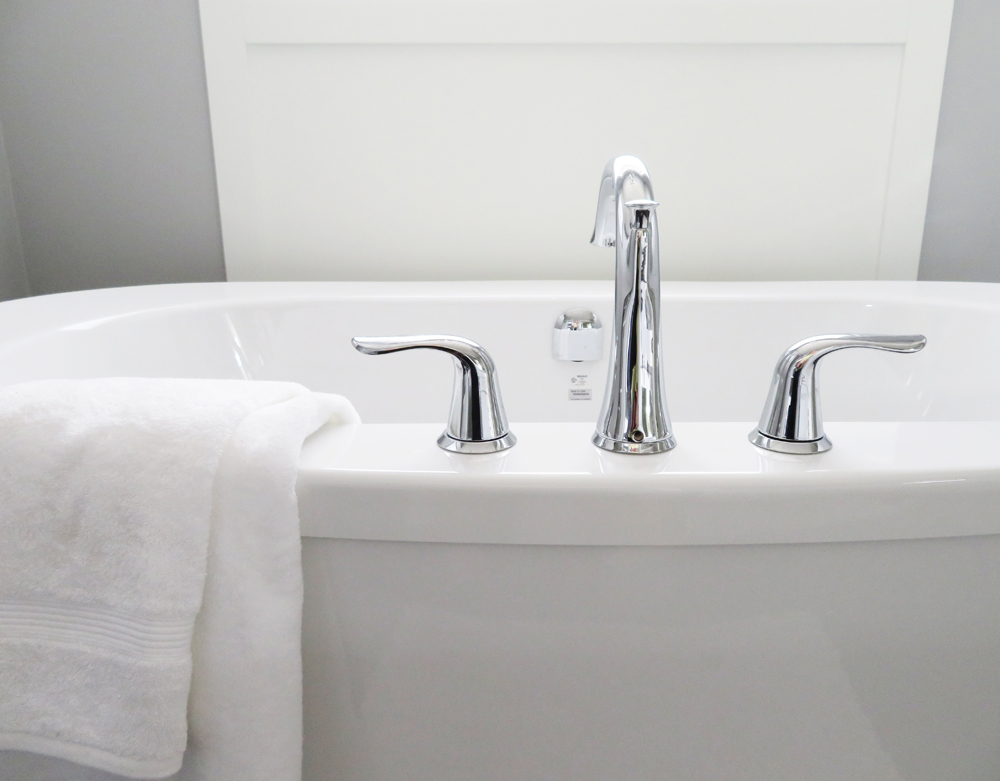
Beat-Up Bathtub: Restore
Replacing a bathtub is a lot of work, and it isn’t cheap, either. That’s why light pink and mint green tubs still haunt us today. Unfortunately for those with coloured tubs, there is no quick fix. However, if your tub is scratched, dented or nicked, there are repair companies that will come to your home and make your tub look new again for about $200.
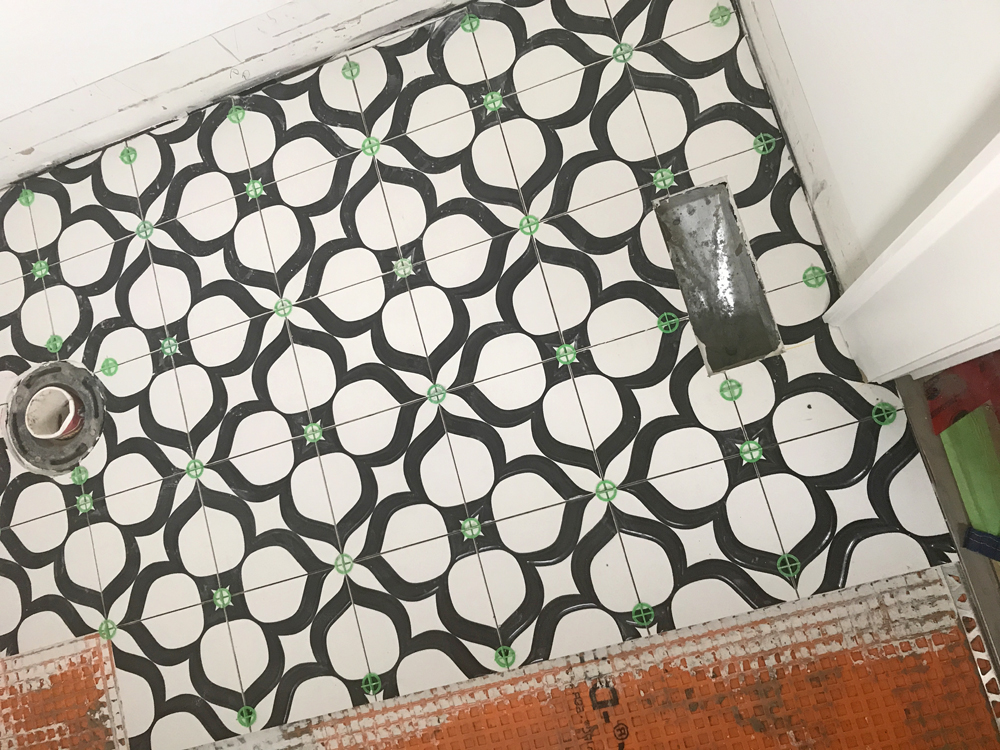
Crooked Tiles: Replace
Sorry folks, there is no quick fix here. You’ve got to remove the tiles and start over again. There are some great tile leveling spacers on the market that have gained popularity – even with experienced tile installers.
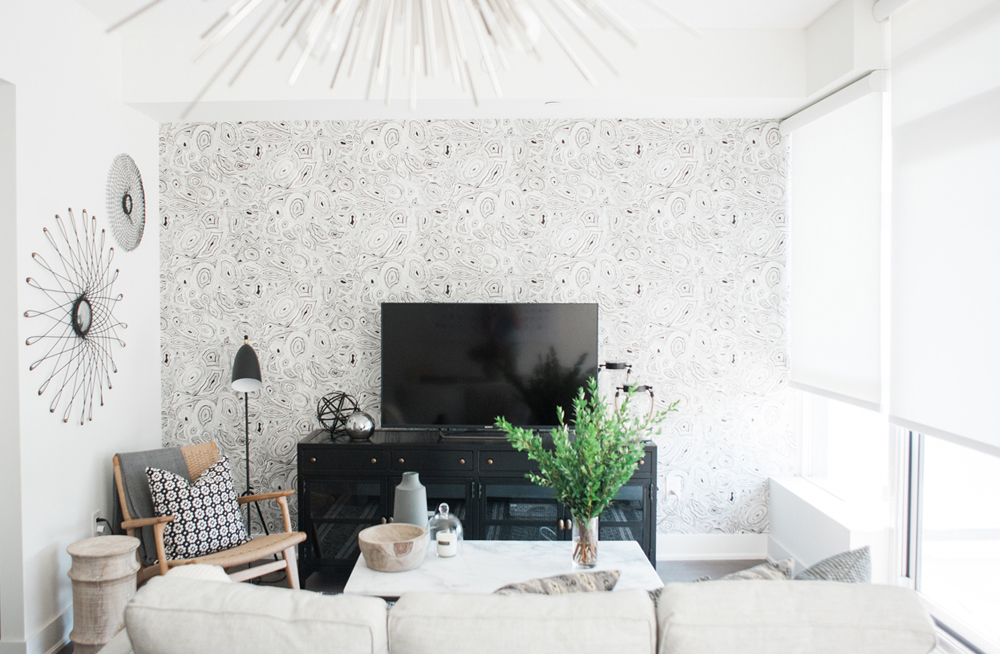
Torn Wallpaper: Replace
Unfortunately, wallpaper cannot be repaired. If the paper is smooth and has strong adhesion to the wall (near impossible to remove), then a special oil-based primer can be applied over top so you can paint the surface, as you would drywall. Using an oil-based primer is key, as water-based products can soak into the paper and weaken the bond (future peeling).
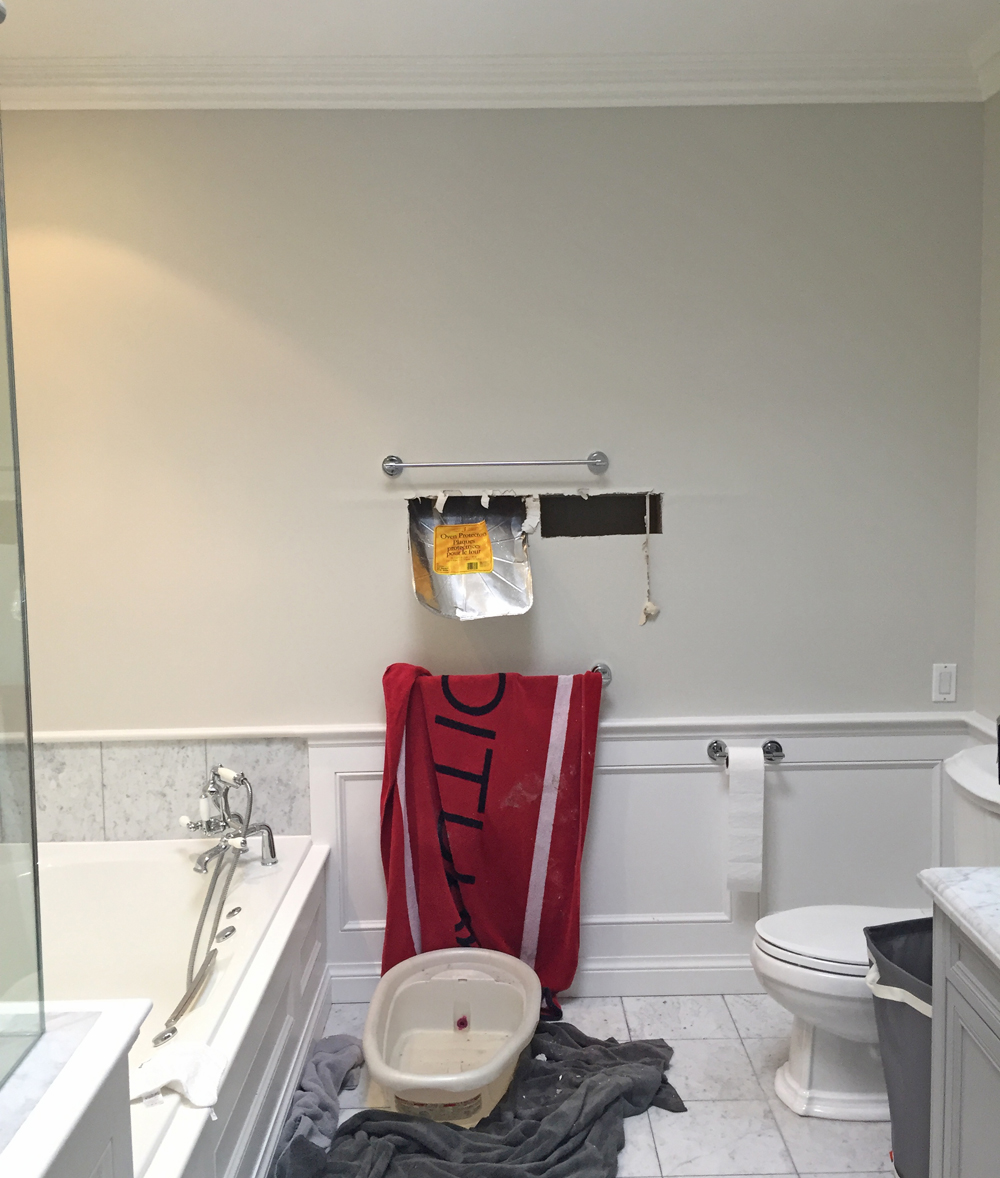
Water-Damaged Drywall: Depends
In minor cases, drywall can be dried out and saved, but only when it’s been exposed to moisture one time and action is taken immediately. In more severe cases, or when insulation has sponged water behind it, it must be completely removed and replaced. In cases of basement flooding, 24-inches from the floor must be replaced – framing and insulation included. (If water is flooding into the ceiling above, poke relief holes to drain the water and lower the risk of a ceiling collapse).
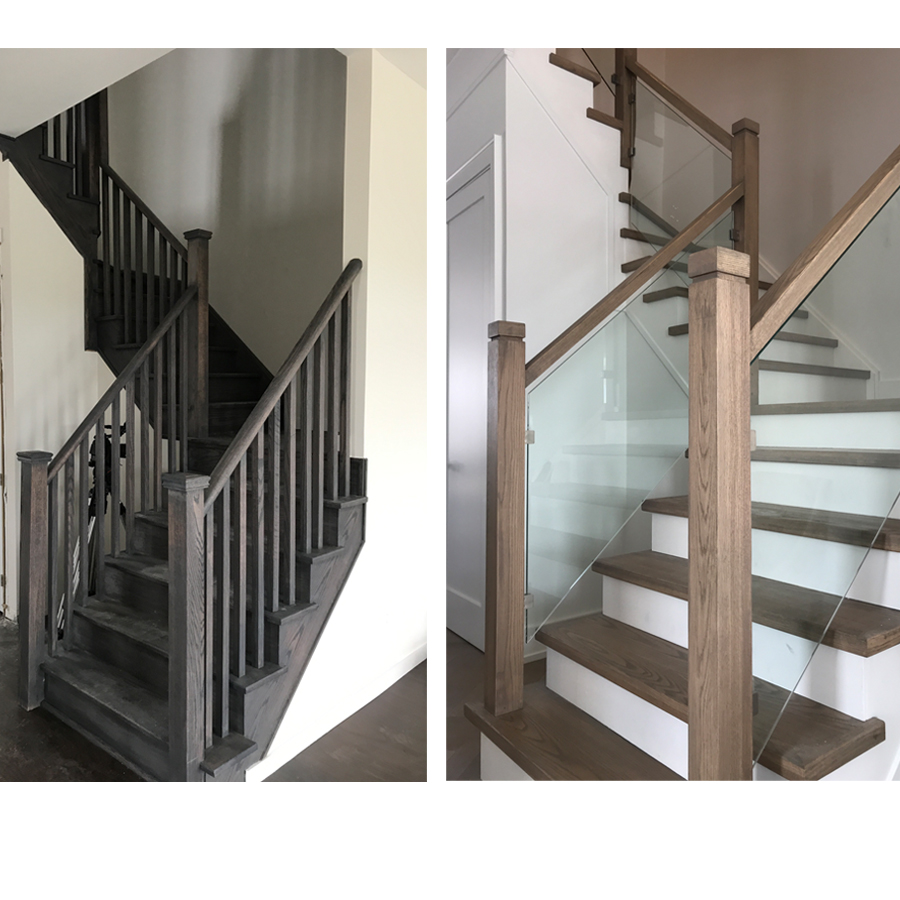
Old Stair Treads: Replace
Refinishing treads can be tedious when there are two or three spindles nailed to each step. In this case, I would opt to replace the treads by cutting off the nosing and installing new ones right on top. This will give you more style options, like the made-over staircase pictured here (showcasing the before and after), which I recently completed for a client. We upcycled the spindles into a dining table base.
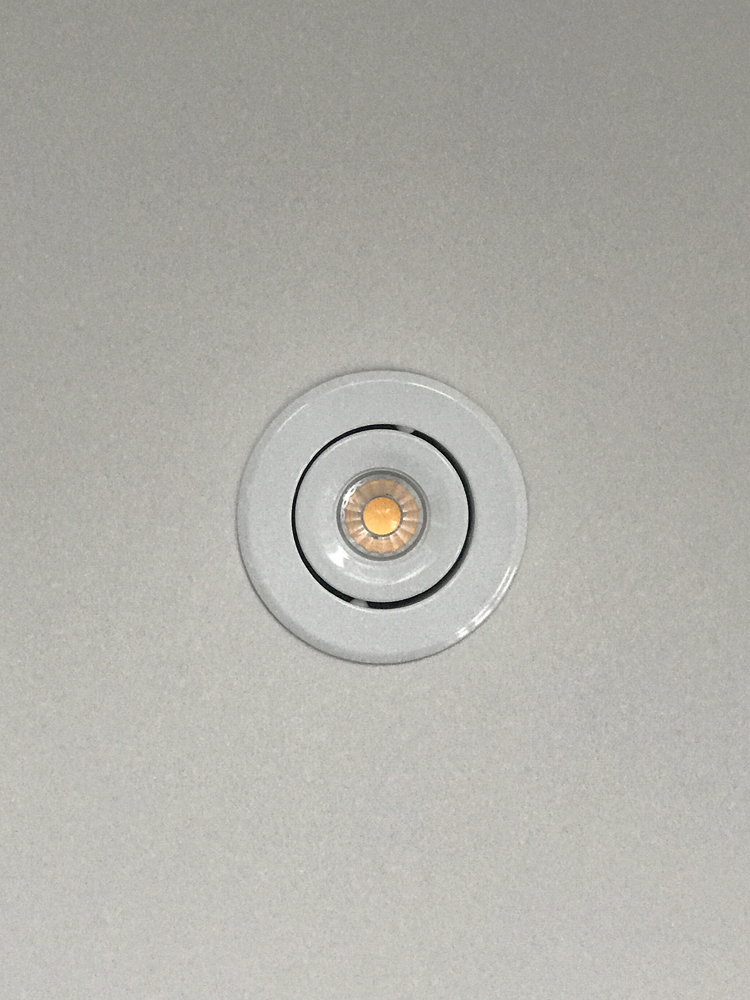
Buzzing Pot Lights: Replace
The advancements in lighting technology in the last decade are nothing short of incredible. Pot lights are no exception. Older models are often incompatible with new, energy-efficient bulbs and a faint buzzing sound may occur. I strongly suggest replacing the lights to updated versions that use (much) less voltage – if for no other reason than to save your sanity and silence the buzz!

Scratched Hardwood: Depends
With the birth of pre-finished wood, the ability to refinish hardwood flooring is not as simple as it once was. Many hardwood refinishing companies refuse to repair floors that have a factory finish, so you’re often discouraged to do so. That’s why it’s better to replace scratched pre-finished planks entirely by splicing new pieces in (leftover from install). Site-finished hardwood, on the other hand (pictured here), is best to sand down and refinish.

Worn Hardwood: Restore
In older homes, it’s common for hardwood flooring to have been refinished so many times that you start to see nails poking through. The obvious answer is to replace these floors, but I’m going to suggest stretching their lifespan to the max by priming and painting them. I expect to see this trend grow further: it’s easy, eco-friendly and looks great!
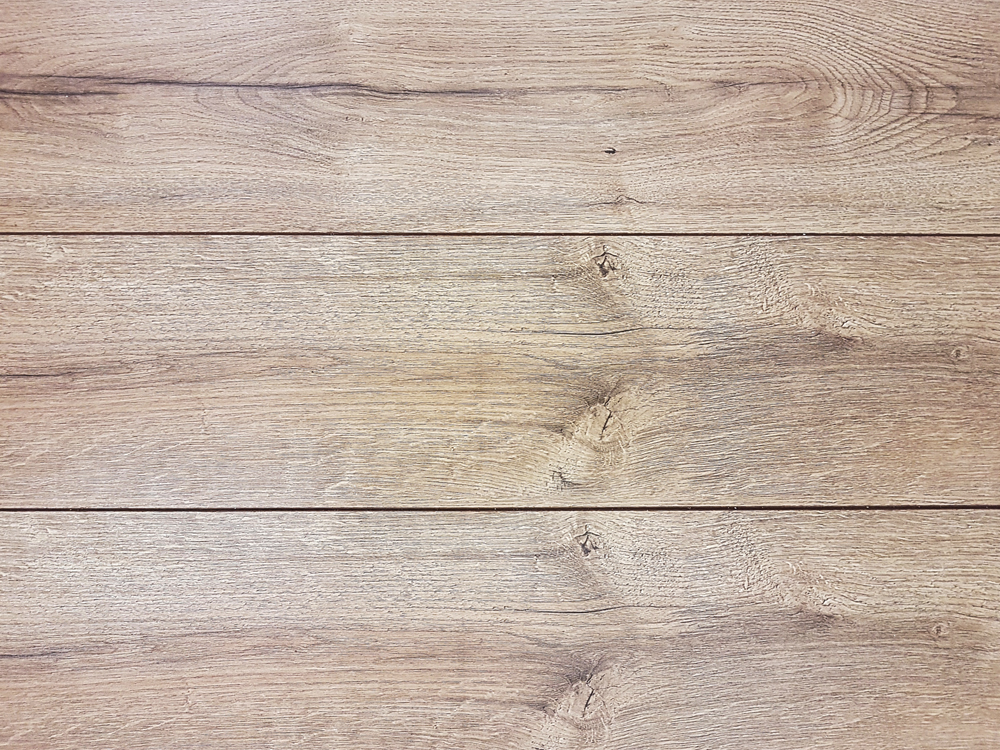
Damaged Laminate Flooring: Replace
Ain’t no love for laminate flooring that’s been beaten by the hands of time (or by your children). Laminate is praised for its durability and low cost, and it can withstand a lot of abuse. It’s a straight toss when it’s been damaged.
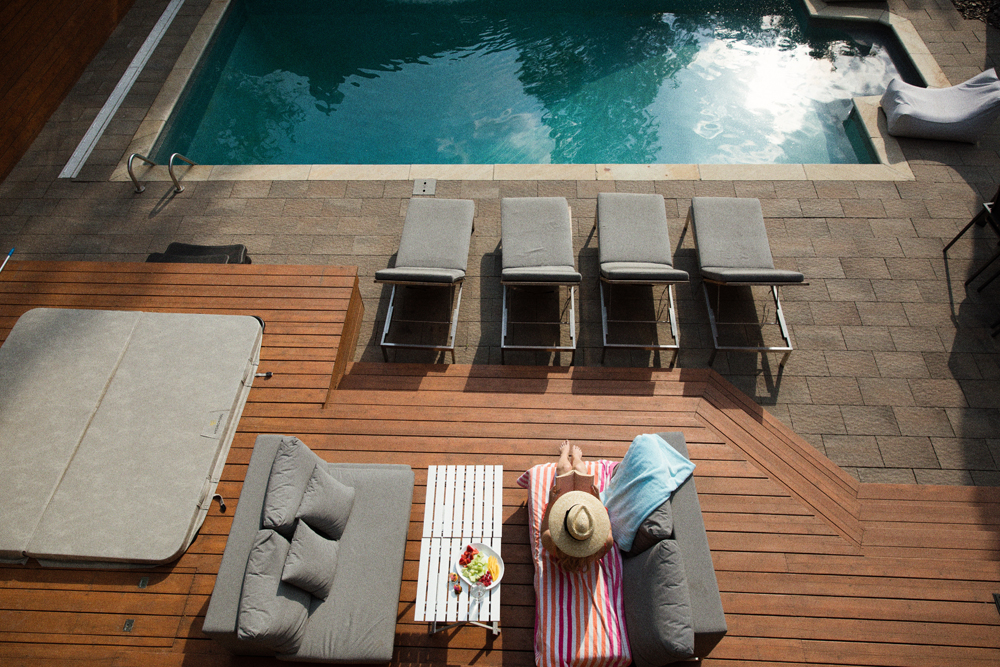
Rotten Deck Boards: Replace
Minor repairs can prolong the life of your deck (a deck board here and there can grant you an extra year or two). But generally speaking, a full replacement of structure and boards is the way to go. It’s not worth saving an old structure and installing new boards on top because the supports below will rot far sooner than the boards above – especially when using composite decking.
HGTV your inbox.
By clicking "SIGN UP” you agree to receive emails from HGTV and accept Corus' Terms of Use and Corus' Privacy Policy.




